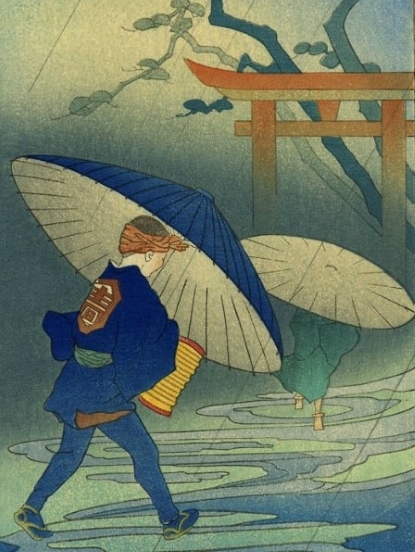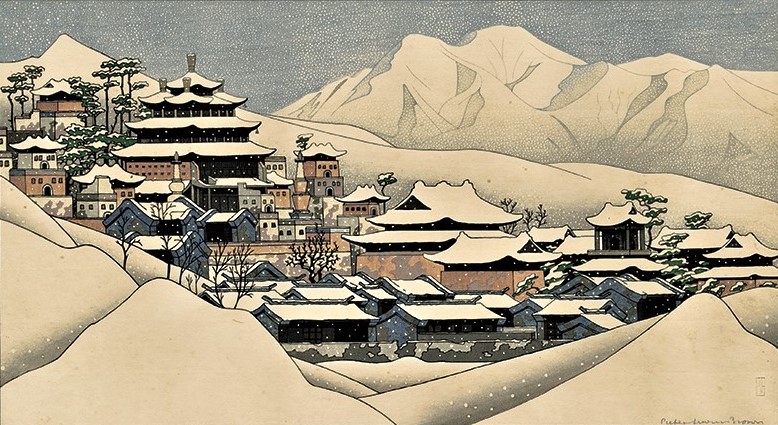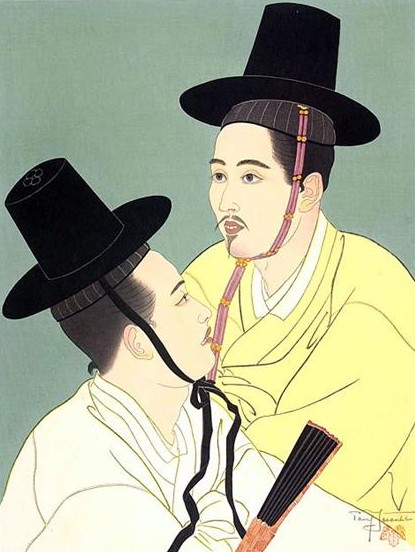CHARLES WILLIAM BARTLETT (1860-1940)
Charles W. Bartlett, born in 1860 in England, Dorset, had a happy childhood, trained by an accountant father and an artist mother who introduced him to painting very early, pampered in the middle of five children. This family and warm childhood will shape his character and direct him towards the search for a quiet happiness, despite the trials of life.
After a good education, a reversal of fortune from his father forced him to earn a living early and he worked during his youth in the metallurgical industry, devoting his spare time to painting. At 23, he made the decision to devote himself entirely to art and managed to enter the Royal Academy in London. Three years later, he left for Paris to follow, at the famous Jullian Academy, the courses of several masters of academic painting: William Bouguereau, François Benjamin-Constant, Jules Lefebvre and especially Gustave Boulanger, one of the heralds of the classical current and of the neo-Greek style, who had resisted the nascent impressionism but had also devoted himself to orientalist painting after long stays in Algeria. Bartlett will retain from his masters a distrust of the modernism that has taken over painting in the 20th century and an openness to Orientalism.
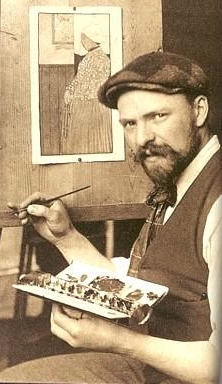
Back in England, he married Emily Frances Tate in 1890, a love marriage that ended in tragedy with the death, less than two years later, of Emily and the child she had just given birth to world. Ravaged by grief, Bartlett decided to leave for a stay in Italy and then in France, benefiting from the friendly company of a prolific artist, Frank Brangwyn, who oriented him towards drawing, engraving and watercolour and who was the first to introduce him to the Japanese prints of his collector friend Siegfried Bing. He ended this journey with several months spent in the Netherlands, accompanied by the painter Nicolaas Jungmann, and he was deeply marked by the discovery of the prestigious Dutch painting.
His artistic production in the following fifteen years is the fruit of the discoveries and influences accumulated during this trip. Producing oil paintings but even more watercolours, Bartlett's world features landscapes of Holland or Normandy, low skies, winding canals and portraits of humble people, often imbued with a dark melancholy. He achieved growing success, multiplying exhibitions in England, Scotland, Belgium and France, becoming a member of the Société des Beaux-Arts in Paris and the Société des aquarellistes de Belgique. Remarried in 1898 to a wealthy Scottish woman, Catherine Main, he led the tidy and comfortable life of an active, recognized painter, mixing classicism and sensitivity.
Desire for long distant vacations or desire to escape for a time from a now routine creation, the departure for Asia in 1913 is a real break : despite being over fifty years old, Charles W. Bartlett and his wife will never return to Europe and the artist's creation experiences a total revival. For three years, the Bartlett couple stayed in Ceylon, India, Indonesia, China and finally Japan, leading the comfortable life of wealthy travelers of the time, far from the European drama born of the war that then broke out. But for Charles Bartlett, it is above all the discovery of a new world, of an Asia full of colours which gradually takes the place of an obscure Europe, of a Far East that he had only glimpsed twenty years earlier when he frequented Frank Brangwyn and the Japanese prints of Siegfried Bing.
It is also the confirmation that watercolour and engraving are henceforth his preferred means of expression. Two encounters help in this transformation. The first is that of Elizabeth Keith: a confirmed Scottish artist, she settled in Japan a year ago and introduces him to the society and Japanese culture. It is also she who allows the meeting with Shozaburo Watanabe. This one had created ten years earlier a publishing house of prints, relaunched the "images of the floating world" (ukiyo-e) and initiated an artistic movement, the "Shin-Hanga" (new engravings), adding to the traditional techniques of Japanese woodblock printing the play of perspective and shadows of Western painting. Surrounded by the best Japanese engravers, printers and creators, but also by Western painters attracted by the Far East such as Bartlett or Keith, Watanabe met with growing success over the years (the company is still active today).
Charles W. Bartlett and Watanabe produced 22 prints in 1916: 12 made on the basis of the recent stay in India and Ceylon and 10 of Japanese subjects. These are the most successful of their collaboration and they established in one year, even in New York, the reputation of Bartlett as one of the first masters of the new Far Eastern movement.
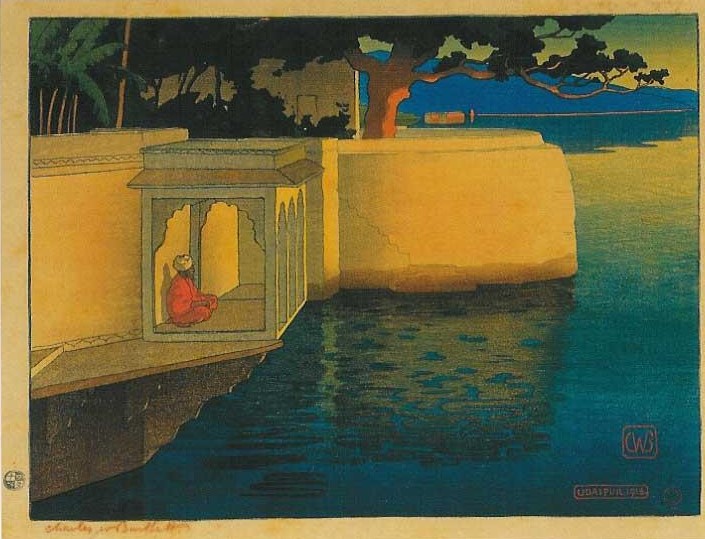

Continuing their world tour, Charles and Catherine Bartlett arrived in Honolulu in 1917. Fascinated by the Hawaiian art of living, they decided to settle there and gave up returning to Europe, which was still at war. Begins a form of retirement that palm trees and hibiscus enchant but that Bartlett takes advantage of to devote himself to his work, alternating pointillist canvases, watercolours and engravings, Hawaiian landscapes, Far Eastern scenes, and portraits of local good society.
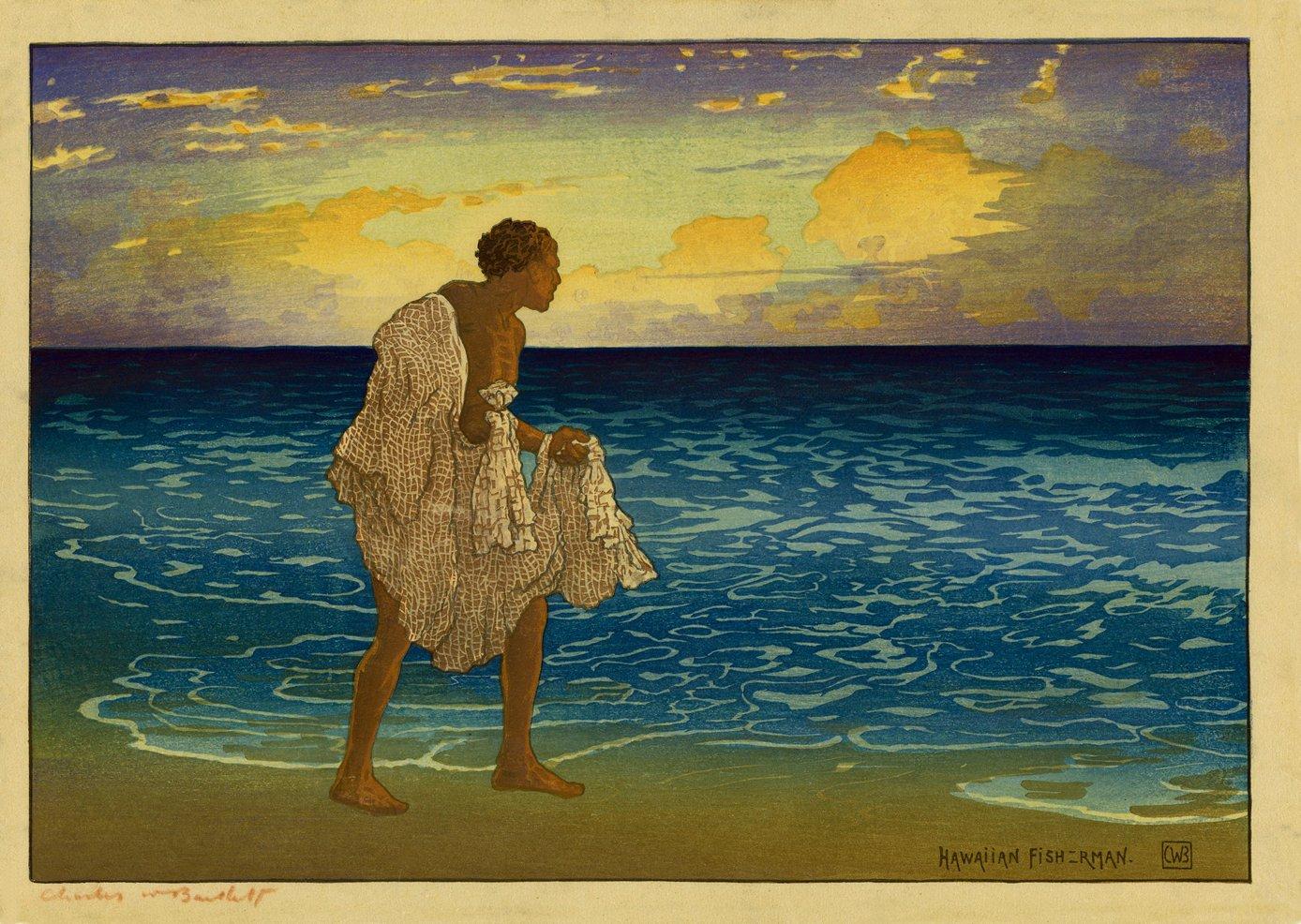
He benefits from the active friendship of a powerful American family settled in Honolulu, the Rice-Cooks, including Anna who will be the founder of the Honolulu Museum, still today one of the main artistic centers of the Pacific. It was with her and her daughter Alice that in 1921 he again visited Japan, China and Indonesia, so many new opportunities for magnificent works.
However the collaboration with Watanabe became more difficult the following years, taking into account both the distance separating Japan from Honolulu and the chaos due to the terrible earthquake of Tokyo of 1923. Little by little, Bartlett gave up the technique of wood engraving to devote himself to intaglio engraving. The brilliance of his colours gives way to a less contrasting palette, imbued with nostalgia, but his work remains powerful, making him one of the most prestigious Far Eastern artists, recognized as such in Japan and the United States. He died in Hawaii in April 1940.
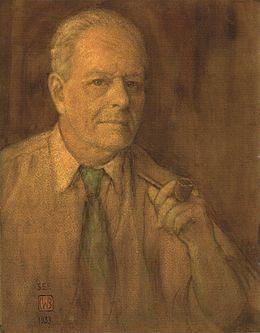
Bibliography :
- A printmaker in paradise, the art and life of Charles W.Bartlett, de Richard Miles et Jennifer Saville, Honolulu Academy of Arts, 2001
The collection
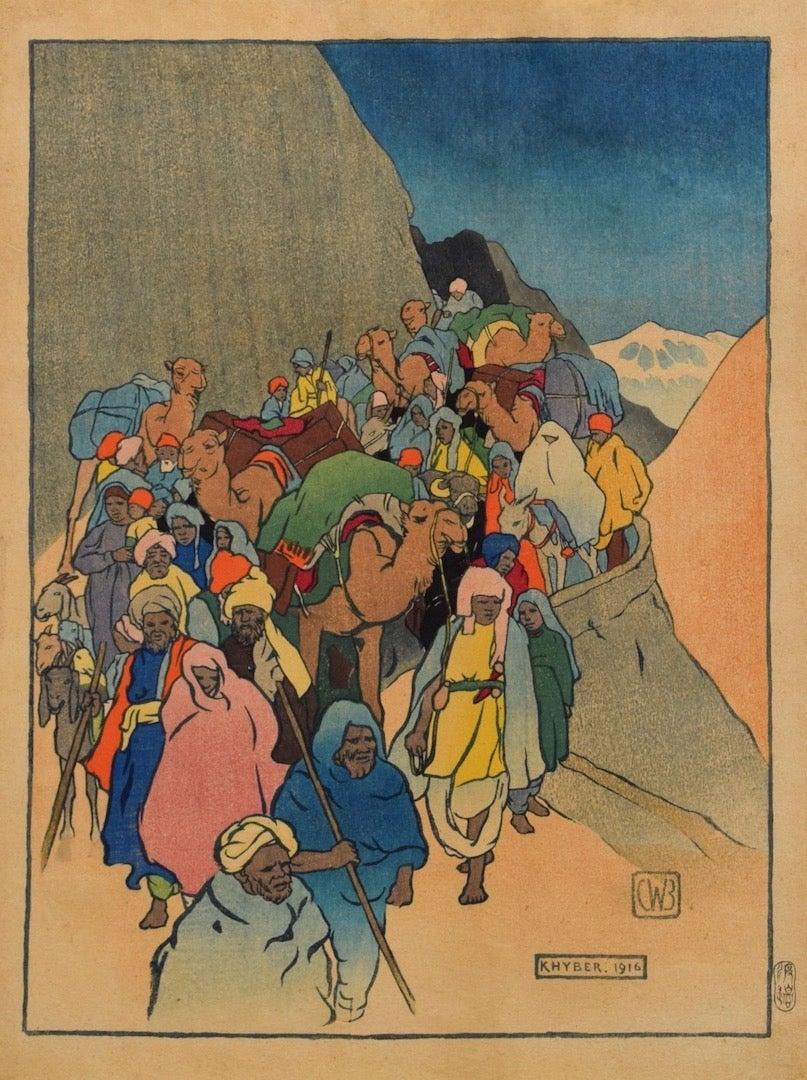
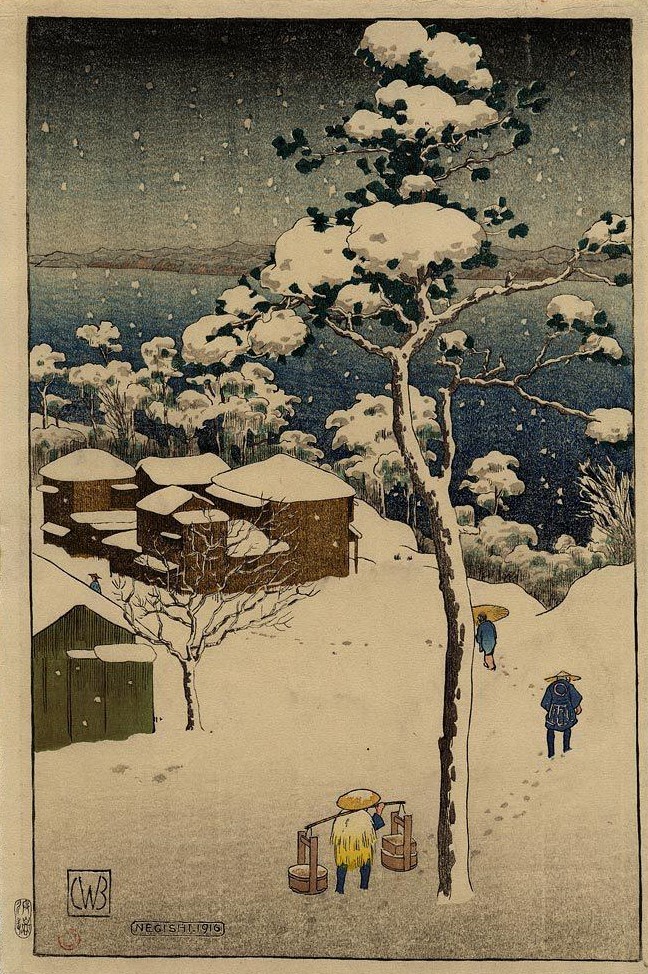

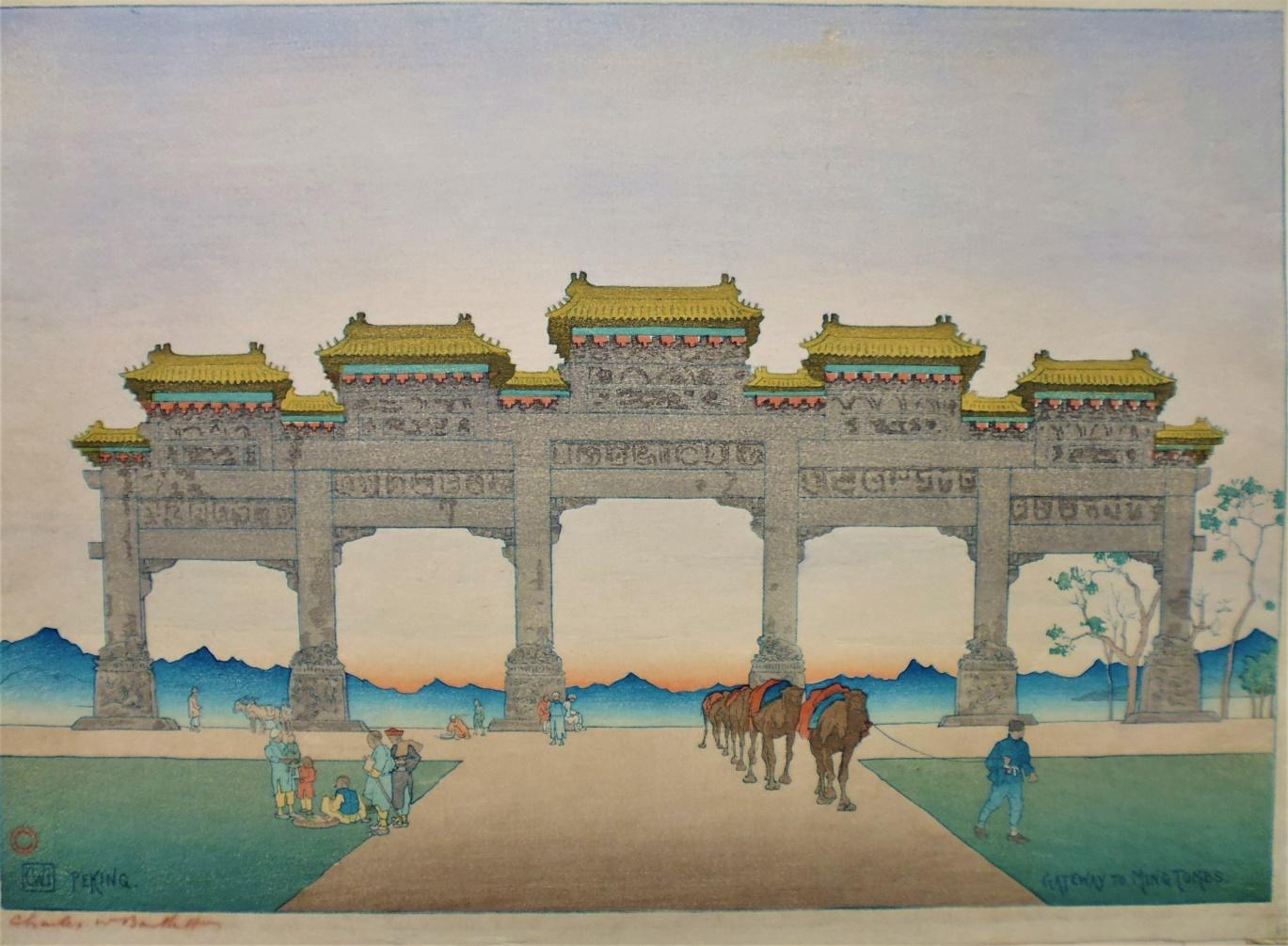


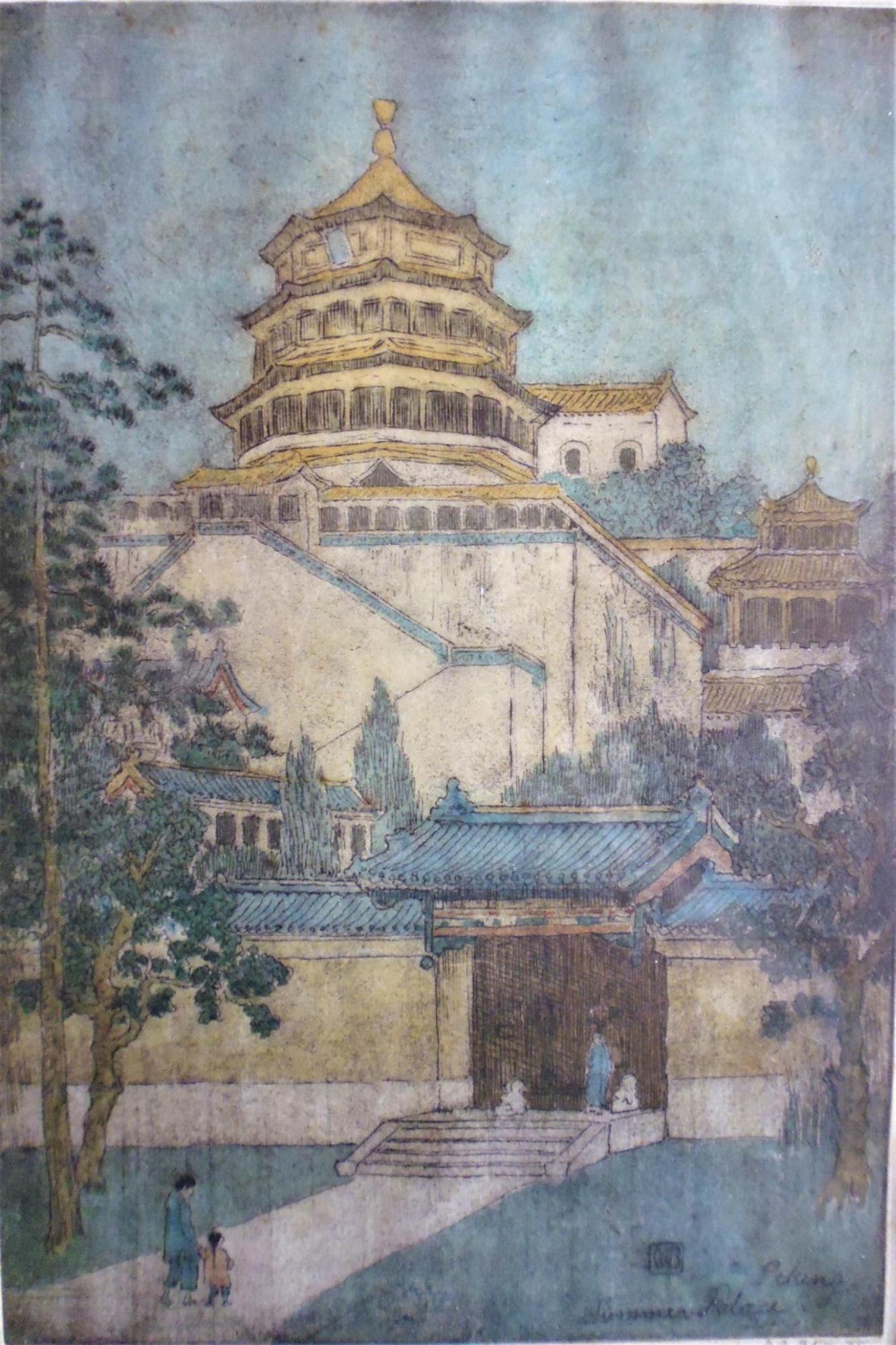
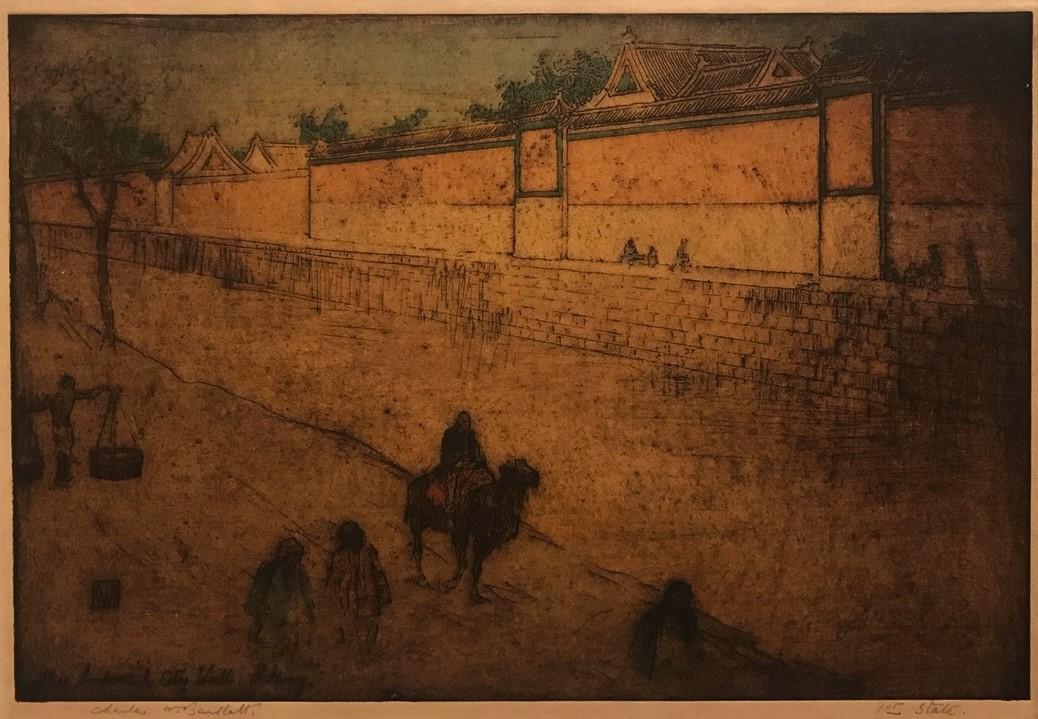
N.B. Unless otherwise indicated, the works presented above are wood engravings. Sentences in quotes are annotations from Charles W. Bartlett's notebook.
